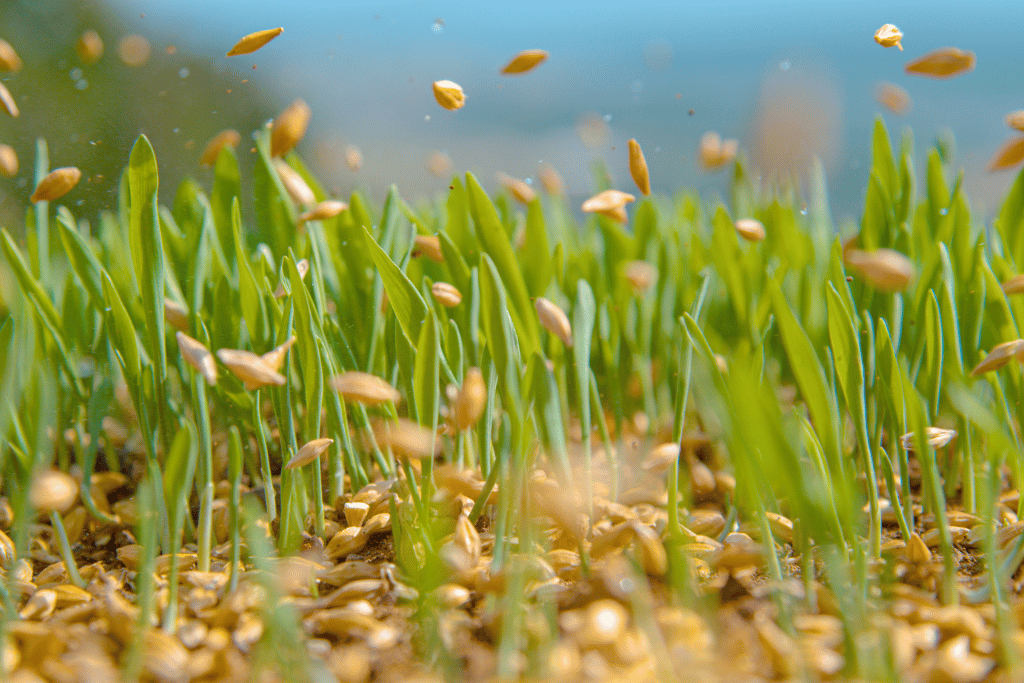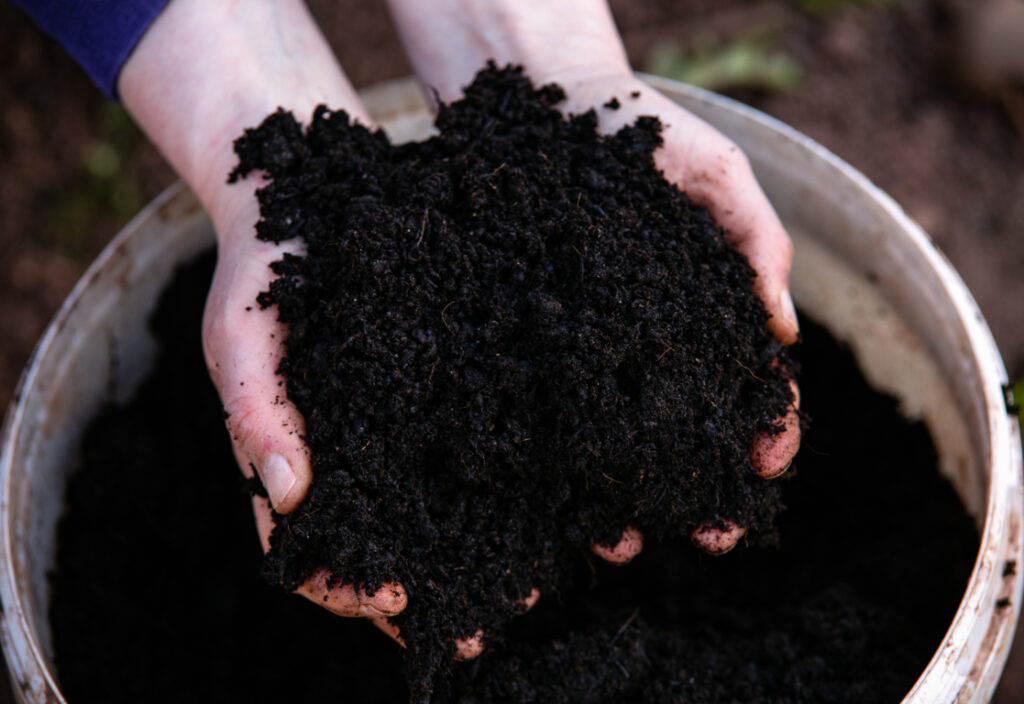
Do you dream of a glorious landscape of luscious succulents, standing tall and proud in the morning sun? Of course, you do! But it requires a bit of work – Trimming.
Succulents are one of the most eye-pleasing plants that can uplift any garden’s aesthetic, but when they grow too tall, it can be intimidating to know how and where to cut – and most importantly, using a shear. But don’t fear the shears! This guide is all about learning how to trim tall succulents without any hassle.
Why do you Need to Trim Succulents?

Trimming your succulents is an integral part of their health. It allows them to grow new shoots and branches from the cut, creating a more lush and full look for your garden. They can also become lanky or stretched when they get too tall. Trimming is one way to keep them looking neat and maintain a good balance.
When to Trim Succulents?

The best time to trim your succulents is when they become too tall or look lanky. You should also trim away any dead or damaged leaves and stems that could cause infection or rot in the rest of the plant. Generally, it’s a good idea to trim succulents in summer or spring when they are actively growing.
How to Cut Succulents When They Get Tall?

Seeing your succulents getting tall is a common sight in your garden. Therefore, knowing how to cut tall succulents is necessary when growing a succulent haven. Here’s how to do it:
1. Fetch the tools:
Begin by gathering the appropriate tools for trimming. You’ll need a sharp pair of shears or scissors, a bucket, gloves, and garden waste bags. Before you start, ensure the tools are clean, sharp, and in good condition. Using dull and dirty tools can cause damage to the succulent and also increase your risk of infection.
2. Assess the succulent:
Before you begin, assess the succulent that needs trimming. Look at the plant’s size, shape, and texture before cutting it. Make a mental note of how much of the plant you need to cut to get the desired effect.
Tip: Make sure that you leave enough foliage on the plant, so it doesn’t become lopsided.
3. Cut the succulent:
Once you’ve assessed the succulent, it’s time to start cutting! The rule of thumb is to cut below a node (a few mm) and above the next node. This helps promote healthy growth of new shoots and allows your succulent to grow back quickly. Use the shears or scissors to make a clean cut at the desired height. Cut in one swift motion and avoid sawing, which can damage the plants.
The best way to ensure a neat cut is to use an angled approach. This helps the shears get a good grip on the plant and make a clean cut. Make sure to avoid cutting too shallow or deep, as this can cause damage to the succulent and lead to unhealthy growth.
Once you’ve finished cutting the succulent, place the cut-off pieces into a bucket, so they don’t fall on the ground. This will make it easier to collect and dispose of the cuttings safely.
Once you’ve trimmed the succulent, take a step back and assess how much you have cut. If more needs to go, repeat this process until you have the desired look.
Tip: If you are trimming a succulent with variegated foliage, snip away any dead, discolored, or damaged leaves.
4. Dispose of cuttings:
Once you’ve finished cutting your succulent, it’s time to dispose of the cuttings. Collect all the clippings and place them in a garden waste bag or compost bin. Make sure to dispose of the cuttings safely, as discarded succulent pieces can take root in the soil and start a new plant.
Tips on how to Keep Succulents From Growing Tall

1. Water sparingly
Watering is an essential part of keeping succulents healthy and happy. However, over-watering can cause tall, leggy succulents. To avoid this, water your succulents as infrequently as possible – no more than once every two weeks in the summer and once a month in the winter. When you do water, ensure that the soil is completely saturated to encourage root growth.
2. Choose appropriate pots
If you’re using a pot that is too small, your succulent will be restricted and become leggy. Choose a pot that’s at least twice the size of the plant’s root ball for maximum growth potential. Also, ensure that the pot has drainage holes to allow excess water to escape.
3. Move your succulent outdoors
If the weather permits, move your succulent outdoors for some sunshine. Growing your plant outdoors gives it access to more light, which will help keep it from growing too tall. Just be sure to bring the plant indoors before temperatures drop below 50 degrees Fahrenheit.
4. Place in a spot with plenty of sunlight
Succulents need a lot of sunlight to stay healthy, so choose an area with direct sun for your plant. This will help ensure that the succulent doesn’t stretch out and become leggy as it looks for more light. If you have trouble finding space outdoors, try placing the succulent near a window indoors.
5. Repot each year
Over time, the soil in a pot can become depleted of nutrients that succulents need to thrive. If you haven’t repotted your succulent in over two years, it’s probably time to do so. Choose an appropriately-sized pot with fresh soil, and gently tap the root ball to remove any old soil.
6. Prune leggy stems
If your succulent is already tall and leggy, you can help encourage bushier growth by pruning the stems. Use sharp scissors or gardening shears to trim off the tallest parts of the stem, leaving at least one leaf on the stem. The succulent should start to grow new branches in the coming weeks.
7. Use fertilizer
Fertilizer can help give your succulent the nutrients it needs to stay healthy and prevent leggy growth. Look for a cactus or succulent food with low nitrogen levels, encouraging leafy growth instead of tall stems. Use a liquid fertilizer every two to three months and discontinue use in the winter when plants go dormant.
8. Propagate your succulent
Propagation is an easy way to create multiple succulents from one plant, while also helping prevent your succulent from becoming overly tall. To propagate, use a sharp knife to cut off a healthy stem from the main plant. Allow the cutting to callous over before planting it in the soil.
9. Try leaf-cutting
Leaf-cutting is another way to propagate succulents and keep them from becoming too tall. Carefully remove some leaves from the succulent’s stem and lay them flat. Allow the leaves to callous over, then plant them in the soil.
10. Plant with other succulents
If you’re planting multiple succulents in one container, choose different varieties growing at different speeds and heights. This will help keep each succulent from becoming too tall or leggy. You can also consider planting your succulent alongside other plants to give it more support and prevent it from growing too tall.
So, that’s how you fix tall succulents! With enough sunshine, the right soil, and expert pruning, your tall succulent can return to its bushy self in no time. Here, you can learn more about what to do when succulents get too tall.
Conclusion
If you ever feel like your tall succulents are starting to look overgrown and unruly, don’t despair – with a bit of time and effort, you can bring them back under your control! Trimming these plants is easy once you know the basics of how to trim tall succulents. So, what are you waiting for? Grab your scissors and get to work!
Frequently Asked Questions (FAQ)
How do I know if I’ve safely trimmed my succulents?
Trimming your succulents is safe as long as you use sharp, clean shears and avoid cutting away too much of the plant. After you have trimmed it, check for signs of distress. If the edges of the cut appear discolored or browning, there may be an infection in the plant. In this case, leaving the plant alone and monitoring it closely for a few days is best.
How often should I trim my succulents?
Trimming your succulents is safe as long as you use sharp, clean shears and avoid cutting away too much of the plant. After you have trimmed it, check for signs of distress. If the edges of the cut appear discolored or browning, there may be an infection in the plant. In this case, leaving the plant alone and monitoring it closely for a few days is best
What can I do with the trimmings from my succulent?
The trimmings from your succulent can be used for propagation purposes! They are easy to root by sitting them in a shallow dish of water and waiting for them to sprout new roots. Once they have roots, you can plant them in a pot with well-draining soil and give them plenty of bright light.
What types of succulents should I avoid trimming?
There are some types of succulents that are best not trimmed, as it can impact their overall health and appearance. These include:
Aeoniums: They bloom once a year from the rosette center, and trimming will remove the potential for blooms.
Sempervivums: their rosettes can be easily damaged and difficult to repair.
Lithops: These “living stones” have delicate leaves, and removing them can damage the plant.
Euphorbias: many species have toxic sap that can irritate skin and eyes.
It’s always best to research the specific species of succulent you have and understand its growth habits and specific needs before trimming or pruning.
Are there any other tips I should follow before trimming my succulents?
Before trimming your succulents, it is best to make sure your hands and the shears are clean. This will help prevent introducing any bacteria or fungus that could damage the plant. Additionally, choose an appropriate spot with bright light but not direct sunlight for pruning.



